Table of Contents
DUTTON
Published by Penguin Group (USA) Inc.
375 Hudson Street, New York, New York 10014, U.S.A.
Penguin Group (Canada), 90 Eglinton Avenue East, Suite 700, Toronto, Ontario M4P 2Y3, Canada (a division of
Pearson Penguin Canada Inc.) Penguin Books Ltd, 80 Strand, London WC2R 0RL, England Penguin Ireland,
25 St Stephens Green, Dublin 2, Ireland (a division of Penguin Books Ltd) Penguin Group (Australia), 250 Cam
berwell Road, Camberwell, Victoria 3124, Australia (a division of Pearson Australia Group Pty Ltd) Penguin
Books India Pvt Ltd, 11 Community Centre, Panchsheel Park, New Delhi110 017, India Penguin Group (NZ), 67
Apollo Drive, Rosedale, North Shore 0632, New Zealand (a division of Pearson New Zealand Ltd) Penguin Books
(South Africa) (Pty) Ltd, 24 Sturdee Avenue, Rosebank, Johannesburg 2196, South Africa
Penguin Books Ltd, Registered Offices: 80 Strand, London WC2R 0RL, England
Published by Dutton, a member of Penguin Group (USA) Inc.
First printing, January 2010
Copyright 2010 by Sean Carroll
All rights reserved
Photograph on page 37 by Martin Rll, licensed under the Creative Commons Attribution ShareAlike 2.0 License, from Wikimedia Commons. Photograph on page 47 courtesy of the Huntington Library. Image on page 53 by the NASA/WMAP Science Team. Photograph on page 67 courtesy of Corbis Images. Image on page 119 courtesy of Getty Images. Figures on pages 147, 153, 177, 213, 270, 379, and 382 by Sean Carroll. Photograph on page 204 courtesy of the Smithsonian Institution. Photograph on page 259 courtesy of Professor Stephen Hawking. Photograph on page 267 courtesy of Professor Jacob Bekenstein. Photograph on page 295 by Jerry Bauer, from Wikimedia Commons. Photograph on page 315 courtesy of the Massachusetts Institute of Technology. All other images courtesy of Jason Torchinsky.

REGISTERED TRADEMARKMARCA REGISTRADA
LIBRARY OF CONGRESS CATALOGING-IN-PUBLICATION DATA
Carroll, Sean M., 1966
From eternity to here : the quest for the ultimate theory of time / Sean Carroll.
p. cm.
Includes bibliographical references and index.
eISBN : 978-1-101-15215-7
1. Space and time. I. Title.
QC173.59.S65C37 2009
530.11dc22 2009023828
Without limiting the rights under copyright reserved above, no part of this publication may be reproduced, stored in or introduced into a retrieval system, or transmitted, in any form, or by any means (electronic, mechanical, photocopying, recording, or otherwise), without the prior written permission of both the copyright owner and the above publisher of this book.
The scanning, uploading, and distribution of this book via the Internet or via any other means without the permission of the publisher is illegal and punishable by law. Please purchase only authorized electronic editions, and do not participate in or encourage electronic piracy of copyrighted materials. Your support of the authors rights is appreciated.
While the author has made every effort to provide accurate telephone numbers and Internet addresses at the time of publication, neither the publisher nor the author assumes any responsibility for errors, or for changes that occur after publication. Further, the publisher does not have any control over and does not assume any responsibility for author or third-party Web sites or their content.
http://us.penguingroup.com
To Jennifer
For all time
PROLOGUE
Does anybody really know what time it is?
Chicago, Does Anybody Really Know What Time It Is?
This book is about the nature of time, the beginning of the universe, and the underlying structure of physical reality. Were not thinking small here. The questions were tackling are ancient and honorable ones: Where did time and space come from? Is the universe we see all there is, or are there other universes beyond what we can observe? How is the future different from the past?
According to researchers at the Oxford English Dictionary, time is the most used noun in the English language. We live through time, keep track of it obsessively, and race against it every dayyet, surprisingly, few people would be able to give a simple explanation of what time actually is.
In the age of the Internet, we might turn to Wikipedia for guidance. As of this writing, the entry on Time begins as follows:
Time is a component of a measuring system used to sequence events, to compare the durations of events and the intervals between them, and to quantify the motions of objects. Time has been a major subject of religion, philosophy, and science, but defining time in a non-controversial manner applicable to all fields of study has consistently eluded the greatest scholars.
Oh, its on. By the end of this book, we will have defined time very precisely, in ways applicable to all fields. Less clear, unfortunately, will be why time has the properties that it doesalthough well examine some intriguing ideas.
Cosmology, the study of the whole universe, has made extraordinary strides over the past hundred years. Fourteen billion years ago, our universe (or at least the part of it we can observe) was in an unimaginably hot, dense state that we call the Big Bang. Ever since, it has been expanding and cooling, and it looks like thats going to continue for the foreseeable future, and possibly forever.
A century ago, we didnt know any of thatscientists understood basically nothing about the structure of the universe beyond the Milky Way galaxy. Now we have taken the measure of the observable universe and are able to describe in detail its size and shape, as well as its constituents and the outline of its history. But there are important questions we cannot answer, especially concerning the early moments of the Big Bang. As we will see, those questions play a crucial role in our understanding of timenot just in the far-flung reaches of the cosmos, but in our laboratories on Earth and even in our everyday lives.
TIME SINCE THE BIG BANG
Its clear that the universe evolves as time passesthe early universe was hot and dense; the current universe is cold and dilute. But I am going to be drawing a much deeper connection. The most mysterious thing about time is that it has a direction: the past is different from the future. Thats the arrow of timeunlike directions in space, all of which are created pretty much equal, the universe indisputably has a preferred orientation in time. A major theme of this book is that the arrow of time exists because the universe evolves in a certain way.
The reason why time has a direction is because the universe is full of irreversible processesthings that happen in one direction of time, but never the other. You can turn an egg into an omelet, as the classic example goes, but you cant turn an omelet into an egg. Milk disperses into coffee; fuels undergo combustion and turn into exhaust; people are born, grow older, and die. Everywhere in Nature we find sequences of events where one kind of event always happens before, and another kind after; together, these define the arrow of time.
Remarkably, a single concept underlies our understanding of irreversible processes: something called


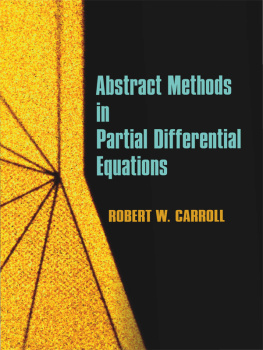
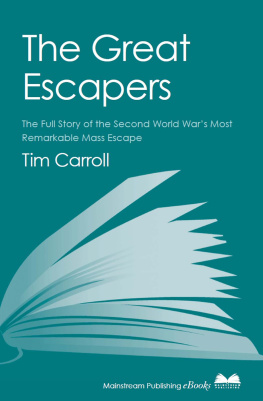
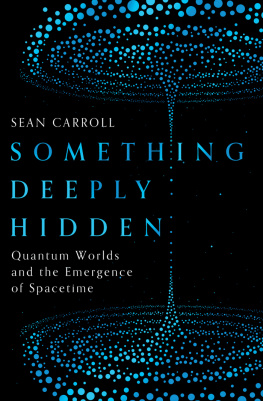
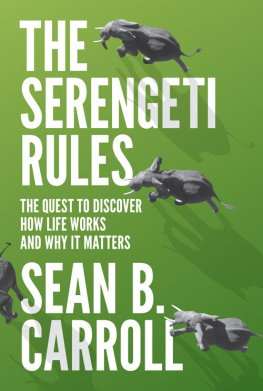


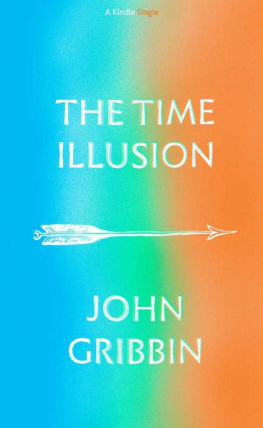
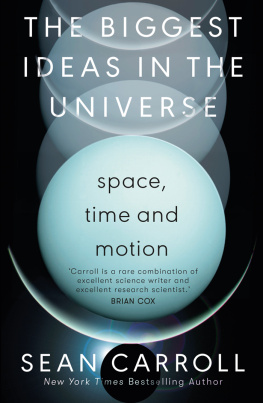
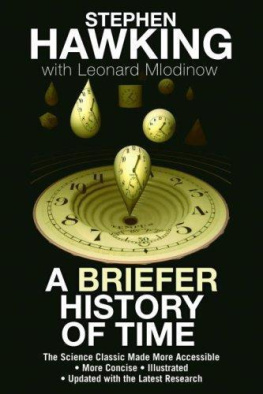
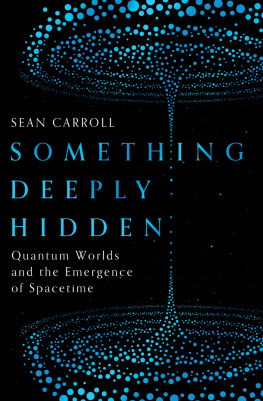

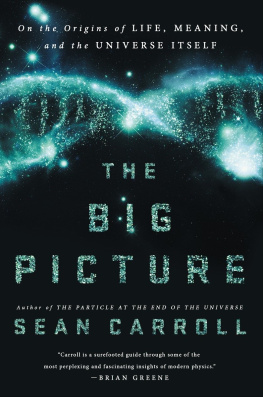
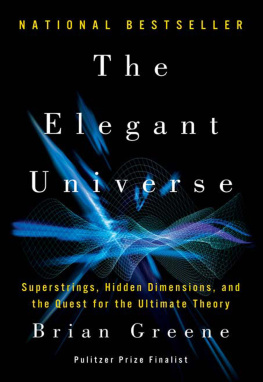

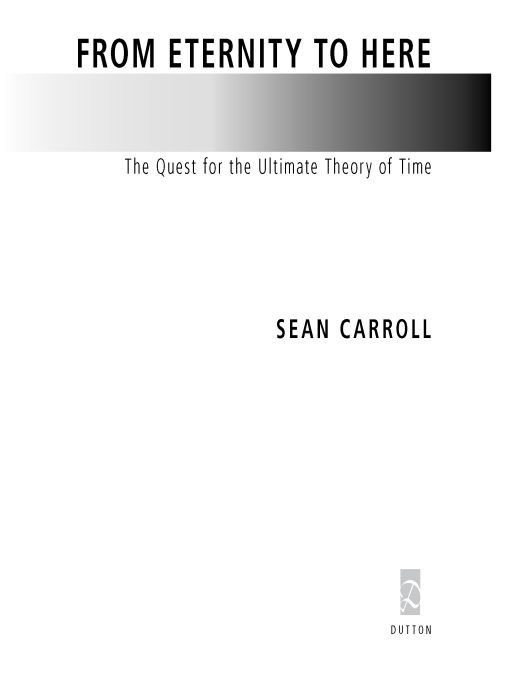
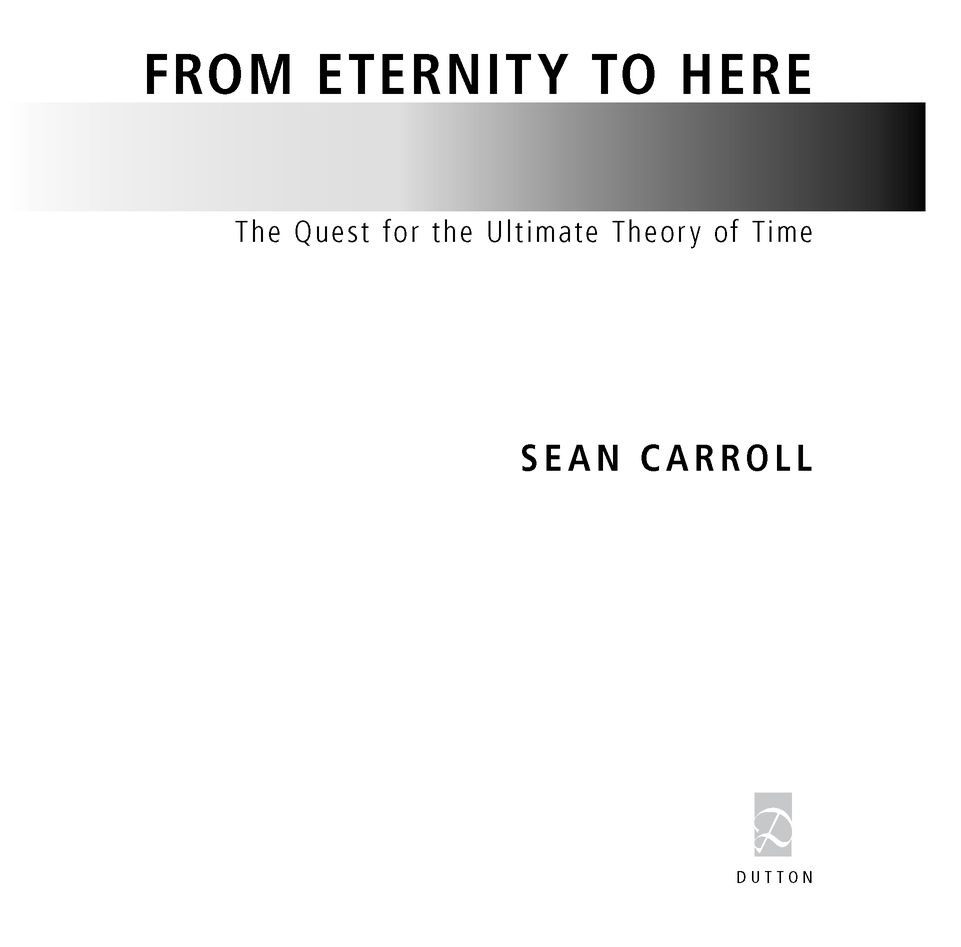
 REGISTERED TRADEMARKMARCA REGISTRADA
REGISTERED TRADEMARKMARCA REGISTRADA